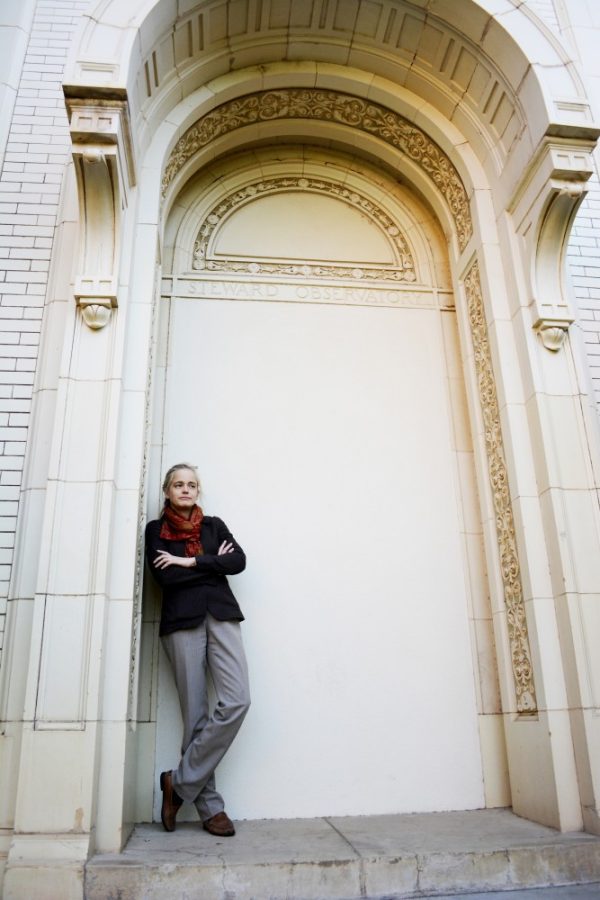Sometimes, when astronomers are searching the skies for supernovae, their telescopes aren’t enough. They need to use entire galaxies to get a better view.
The supernova Refsdal was first observed in November 2014 when Patrick Kelly, postdoctoral researcher at the University of California, Berkeley, used the Hubble Space Telescope, with the help of a natural phenomenon known as a gravitational lens.
In this case, a large cluster of galaxies that is situated more than 5 billion light-years away acts as a massive lens that has enabled the observation of the supernova.
Gravitational lensing helps astronomers study the physics of very distant regions and objects in space which would not be observable otherwise. In the first observation of this supernova, the lens created an optical illusion that split the supernova into four images.
As of Dec. 10, astronomers have captured what appears to be another delayed image of the supernova Refsdal in a different location within the galaxy cluster. Astronomers were able to roughly predict the time and location of this new image using lensing models that were created last November with the help of the previous observation.
“It all comes from a prediction of Einstein’s theory of general relativity, which says that mass bends light,” said Dr. Brenda Frye, an assistant astronomer at the UA department of astronomy. Frye studies gravitational lenses that are created by groups of galaxies.
“In this case, the lens comprises about 100 or more galaxies, with 100 billion stars each,” Frye said. “One can think of the lens as if it were a gigantic pair of eyeglasses. Just as glasses are made for a certain prescription to correct one’s vision; this lens also has a certain prescription, which has the effect of taking any object behind it and boosting it in brightness as well as size.”
The original observation of the supernova Refsdal from last year has allowed astronomers to measure the differences among the various paths of light it has given off. These paths of light created four separate images as they made their way through the lens. Astronomers study these “photocopied” supernovas to understand the time delay between each image.
“[The images are] not all happening simultaneously because the lens is not perfectly aligned with the supernova,” Frye said. “It would be like your glasses being slightly offset from your eyes. It’s not perfect like what we get with our own glasses, because we don’t have humans out there organizing it.”
Frye was able to observe the supernova Refsdal using special adaptive optics techniques at the UA’s Large Binocular Telescope Observatory, located on Mount Graham. Her primary focus of research involves understanding how galaxies form and evolve throughout our universe.
Gravitational lensing plays a huge part in her work because it allows her to view the reaches of space that are well beyond our grasp using only a telescope.
“By measuring the time delay [between images], we can then constrain the global properties of the geometry of space,” Frye said.
Frye is currently working with Marcia Rieke, a UA regents professor of astronomy, to test and develop the scientific capabilities of the Near Infrared Camera.
The NIC will be part of the James Webb Space Telescope, a successor to the famous Hubble Space Telescope. Frye also collaborates with Rogier Windhorst, a regents professor of astronomy at Arizona State, as well as many other astronomers across the globe to find the best lenses for discovering first galaxies. This is one of the four directives of the JWST.
The approach will be to use this new telescope in combination with natural gravitational lenses to witness the ignition of some of the first stars in the universe.
Follow Steve Preston on Twitter.









